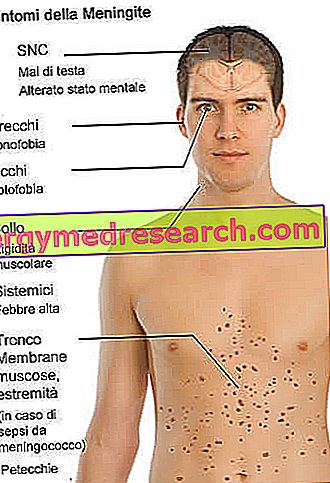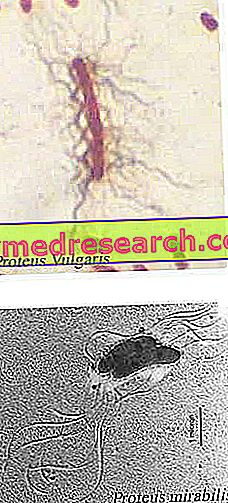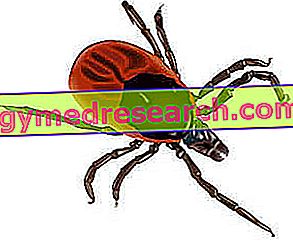When the infected tsetse fly bites humans , it transcutaneously injects the metacyclic tripomastigotes present in its salivary glands. Once in the host, the parasites enter the lymphatic system and the blood where they turn into circulating tripomastigotes and begin an incessant reproduction activity by binary scission (hemolymphatic stage)
Category infectious diseases
The meningococcus In microbiology, meningococcus is known as Neisseria meningitidis : as shown by the scientific name of the bacterium, meningococcus is the etiopathological agent responsible for meningitis, a rare but very serious disease. In addition to inflammation of the meninges, meningococcal infections can induce septicemia (meningococcal sepsis), therefore a clinical condition in which the bacterium, which has reached the bloodstream, spreads to the other parts of the body, creating infection and inflammation
Meningococcal Meningococcus ( Neisseria meningitidis ) is the etiopathological agent involved in meningitis and meningococcal sepsis; in the previous article we presented the pathogen from the microbiological point of view, also focusing on the etiopathogenesis, therefore on the mode of infection. In this article the attention will be directed to the description of the diseases mediated by meningococcus, as well as to the analysis of symptoms and possible therapeutic strategies
Generality Molds are eukaryotic organisms, consisting of more than one cell and belonging to the kingdom of fungi. Heterotrophic living beings, molds can have toxic, allergic or pathogenic properties towards human beings. Their typical mode of reproduction is sporogenesis; their classic habitats are the hot and humid environments; finally, their vegetative growth includes the production of hyphae
HPV related infections Acronym of Human Papilloma Virus , HPV is involved in hyperprolifrative lesions located in various mucosal and cutaneous districts, including vulva, cervix, vagina, anus and lining of mouth and throat; it is curious how the Papilloma virus is responsible for the manifestation of both condylomata acuminata or genital warts (of simple resolution), and carcinomas of the uterine cervix, potentially lethal
Generality The sand flies are arthropods of health interest belonging to the order of flies. The sand flies - also known as sandflies - are insects with wings that are part of the large group of ectoparasites. These Diptera are of medical interest because they are capable of transmitting various infectious diseases to humans and animals, among which the best known is undoubtedly Leishmaniasis
Introduction Widely exploited in the dairy industry for the production of fermented rind cheeses, Penicillium is among the edible and useful molds. The "usefulness" of penicillium, however, is not limited simply to the food industry: this mold, in fact, finds extraordinary applications in the pharmaceutical sector
Premise In international cases, pneumococcus is portrayed as the etiopathological factor most involved in the onset of pneumonia. The current scientific name of the pneumococcus is Streptococcus pneumoniae , while in the past it was better known as Diplococcus pneumoniae , in reference to the peculiar morphology of the bacterium: in fact, observed under an optical microscope, the pneumococcus appears as two joined cocci, apparently fused at one end, which gives the characteristic "flame" shape
Generality Polio , or polio , is an acute and extremely contagious viral disease, which can affect the nerves of the central nervous system and cause temporary or permanent forms of paralysis . Poliomyelitis is caused by an enterovirus called poliovirus , whose transmission among humans occurs mainly through the fecal-oral route
Introduction To the genus Proteus belong three species of high pathological interest: Proteus penneri, Proteus mirabilis and Proteus vulgaris ; these bacteria are involved in various infections, above all of a nocosomal nature and of the urinary tract. Microbiological description The micro-organisms of the genus Proteus are members of the Enterobacteriaceae family: they are gram-negative, aerobic, mobile bacteria, with a rod-like (elongated) shape
Premise Often there is a tendency to associate tick bites only with Lyme disease, because it is the best known: what is stated is not always correct. In fact, ticks can cause many other disorders, more or less serious, based on the patient's state of health, the time taken to remove the arachnid, the immune system of the infected subject and, of course, the type of tick











